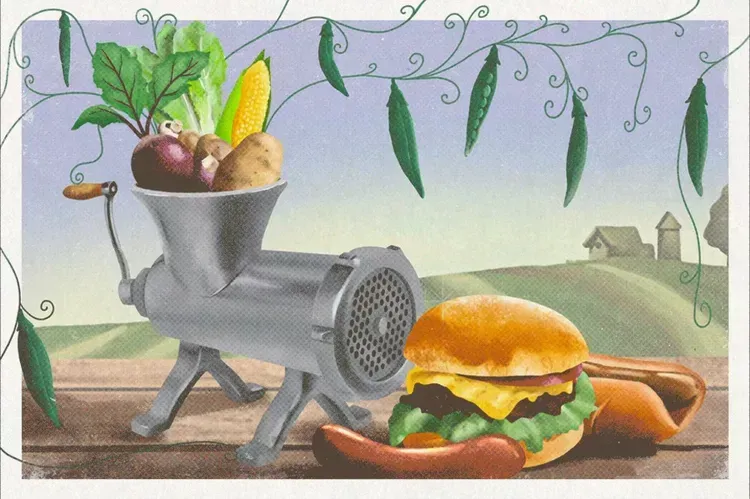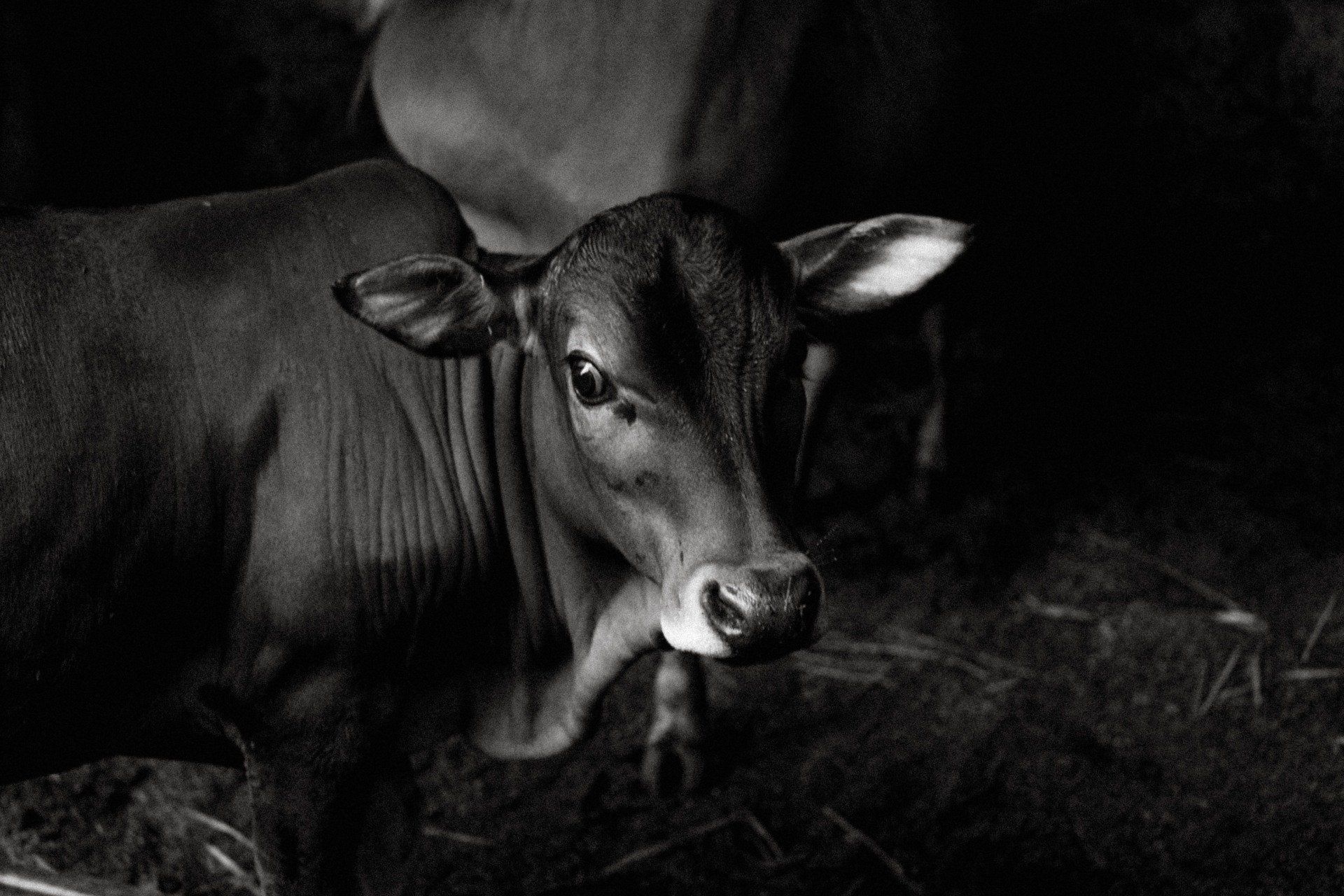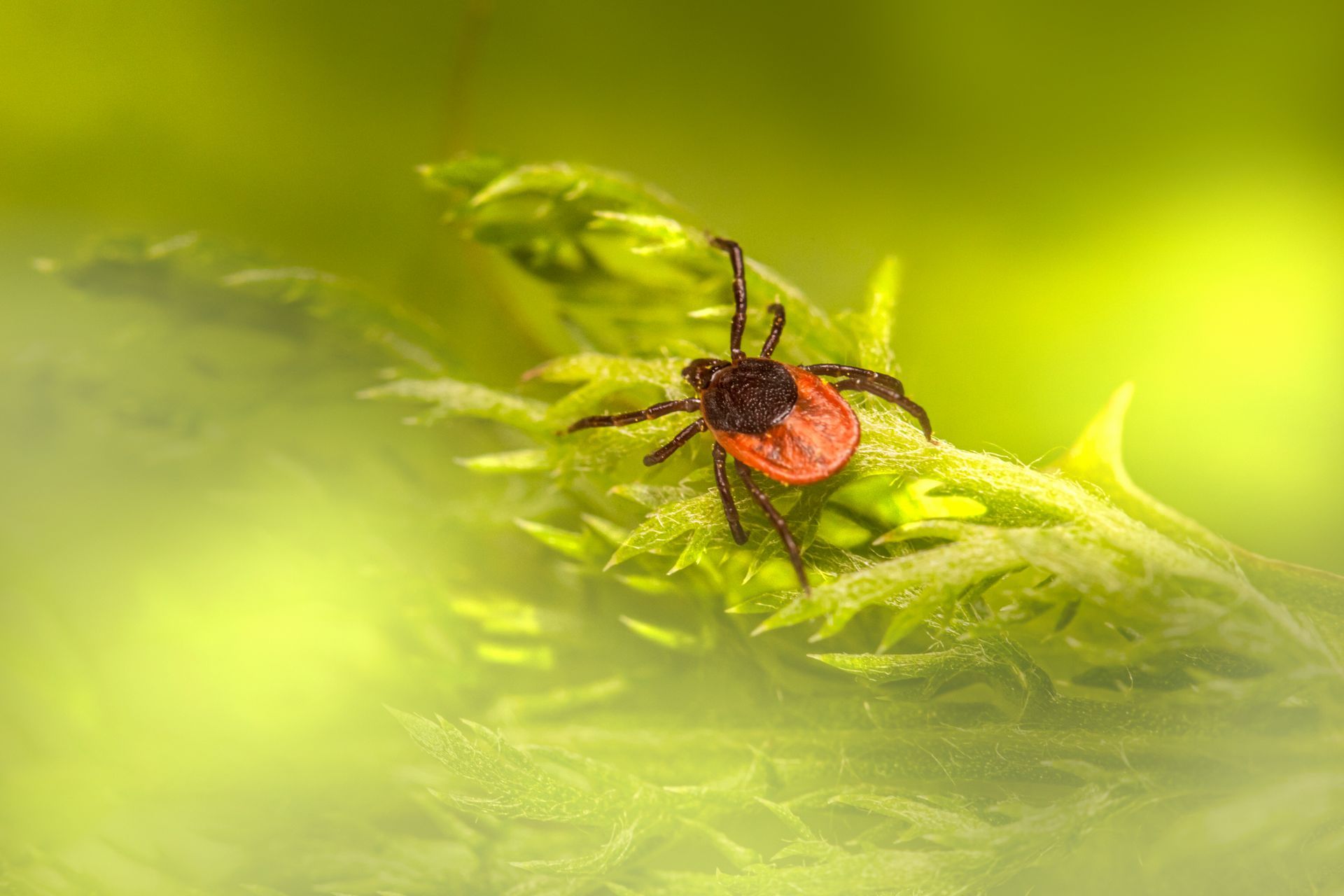Gibberella Ear Rot and Stalk Rot in Corn
Gibberella stalk rot and ear rot are caused by the fungus Gibberella zeae, the same pathogen that causes head scab of wheat (Fusarium graminearum). The fungus overwinters on the residue of corn and wheat. Gibberella ear rot produces mycotoxins in corn, including deoxynivalenol (DON, also call vomitoxin).
Gibberella Ear Rot and Stalk Rot in Corn
Gibberella stalk rot and ear rot are caused by the fungus Gibberella zeae, the same pathogen that causes head scab of wheat (Fusarium graminearum). The fungus overwinters on the residue of corn and wheat. Gibberella ear rot produces mycotoxins in corn, including deoxynivalenol (DON, also call vomitoxin).
What to Watch For
Gibberella ear rot occurs when Gibberella zeae enters kernels through the silks. Cool, wet weather during and after silking increases the chance of the disease infecting and colonizing ears.1 Wounds from birds or insects can also create openings for the disease to enter ears.
Once infected, mold develops often moving from the tip to the base of the ear. Severely infected ears can look mummified when the ear husk and cob fuse together. Mold color can begin as white, but characteristically turns a dark-red or pink color.
Gibberella ear mold displaying typical pinkish kernels.
Gibberella stalk rot infects stalks following pollination via wounds in the stalk and through the roots and causes the lower stalk to soften and become straw-colored as plants die. Pith tissue disintegrates leaving the vascular strands intact. The insides of a rotted stalk has a pink to red discoloration (Figure 2). Small, blue-black fungal bodies called perithecia form on the surface of the lower stalk and can be easily scraped off. Spores are produced during wet weather and can be spread by wind and rain splash.
Figure 2. Gibberella stalk rot infects stalks following pollination. While outsides of stalks may have blue-black perithecia, the inside has pink coloration and disintegrated pith tissue.
Perithecia are produced between temperatures of 41 and 86°F and relative humidity ranging from 75.5% to 100%. However, they do not mature and produce spores until temperatures are between 68 and 77°F with relative humidity between 85% and 100%.3 The spores can be spread by air or rain splash.
Impact on Corn
High yield scenarios favor Gibberella development; however, there are differences between corn products and their susceptibility to the disease. Disease pressure is influenced by the timing of silking, weather, and insect pressure. Therefore, it is likely to see field to field variability in disease pressure.
Stalk quality is compromised when Gibberella infects stalks, and early harvest may be necessary if there is the potential for substantial lodging. Conducting a push test can help determine if stalk rots are likely to cause lodging, requiring early harvest. A push test is done by pushing corn stalks to a 30-degree angle from vertical at eye level. A stalk fails the push test if it does not spring back to upright when released.4
Deoxynivalenol (vomitoxin or DON) levels in grain can reduce feed quality and prices at elevators. A mycotoxin test can be used to check DON levels in harvested grain. DON levels should be 10 ppm for beef and feedlot cattle older than four months. DON levels are to be 5 ppm for swine, young calves, and dairy animals.5 Mycotoxins are concentrated in the dust and lighter, shriveled kernels, and contaminated grains should be cleaned to remove these fine particles. If the corn is to be used for silage, it is recommended to have a mycotoxin test as well.
Management Options
Corn Product— Researchers have identified two types of resistance to Gibberella: silk resistance and kernel resistance. Silk resistance should help protect against the fungus growing rapidly down the silk to the kernels. Kernel resistance helps to protect by keeping the fungus from spreading from kernel to kernel.6 Bayer products are rated for tolerance to Gibberella on a scale of 1 to 9 (with a rating of 1 being low infection and 9 being high levels of infection). Characteristics that resist animal and insect damage are also desired. Different corn products are likely to have different silking dates and silking dates aligned with stormy humid weather increases the risk of infection.
Insect Protection— European corn borer (ECB) and western bean cutworm (WBC) are insects that feed on kernels and open up ears to infection. Traits protecting against ECB and WBC should be selected when planting into a field with previous heavy pressure from Gibberella or Fusarium head blight.
Fungicide—Fungicide application can help protect silks from infection. Application should occur between silk emergence (R1) and brown silk (R2) stages. Bayer’s Proline® 480 SC fungicide is an option to help manage Gibberella ear rot. Always use fungicides according to label directions as some fungicides can increase toxin levels if applied at the wrong timing.
Combine Adjustments to Reduce DON—When Gibberella is more limited to ear tips, the affected smaller and lighter kernels can be blown out of the combine and left in fields using the following adjustments:
- Replacing doors with screens on bottoms of clean grain and return elevators. Bottom door can be taken completely off to leave light, infected kernels in the field.
- Add a screen on the unload auger if possible.
- Set the concave wide with the rotor/cylinder speed set slow.
- Closing the back portion of the chaffer (sieve) increases the wind blast forcing additional light kernels out the returns and over the back of the sieve. Some good kernels may be lost; however, this may be acceptable for fields with high DON levels.7
Fall Field Work—Fall tillage in combination with shredding plant debris may help assist in plant residue breakdown, reducing inoculum.
Sources:
1 Willyerd, K.T., Paul, P. A., Mills, D. Thomison, P. 2010. Giberrella ear rot and mycotoxins in corn: sampling, testing, and storage AC-52. Ohio State University Extension. https://ohioline.osu.edu/.
2 OMAFRA. 2014. Identifying corn moulds. Crop Talk. http://www.omafra.gov.on.ca/english/crops/field/news/croptalk/2014/ct-1114a9.htm.
3 Manstretta, V. and Rossi, V. 2015. Effects of temperature and moisture on development of Fusarium graminearum perithecia in maize stalk residues. Plant Microbiology. Vol. 82. pgs. 184-191.
4 Freije, A., Wise, K. 2016. Diseases of corn: Stalk rots BP-89-W. Purdue Extension. https://www.extension.purdue.edu/.
5 2017. RG-8 Regulatory Guidance: contaminants in feed. Canada Food Inspection Agency. https://inspection.canada.ca/animal-health/livestock-feeds/regulatory-guidance/rg-8/eng/1347383943203/1347384015909?chap=0
6 Ali, M.L, Taylor, J.H, Jie, L., Sun, G., William, M., Kasha, K.J., Reid, L.M., Pauls, K.P. 2005. Molecular mappings of QTLs for resistance to Gibberella ear rot, in corn, caused by Fusarium graminearum. Genome 48(3): 521-33. DOI:10.1139/g05-014
7 RealAgriculture Agronomy Team. 2018. Corn school: fine tuning the combine to reduce DON levels. https://www.realagriculture.com/2018/11/corn-school-fine-tuning-your-combine-to-reduce-don-levels/.
Web sources verified 06/17/21. 6005_S8
You might also like
Jaynie Norman


